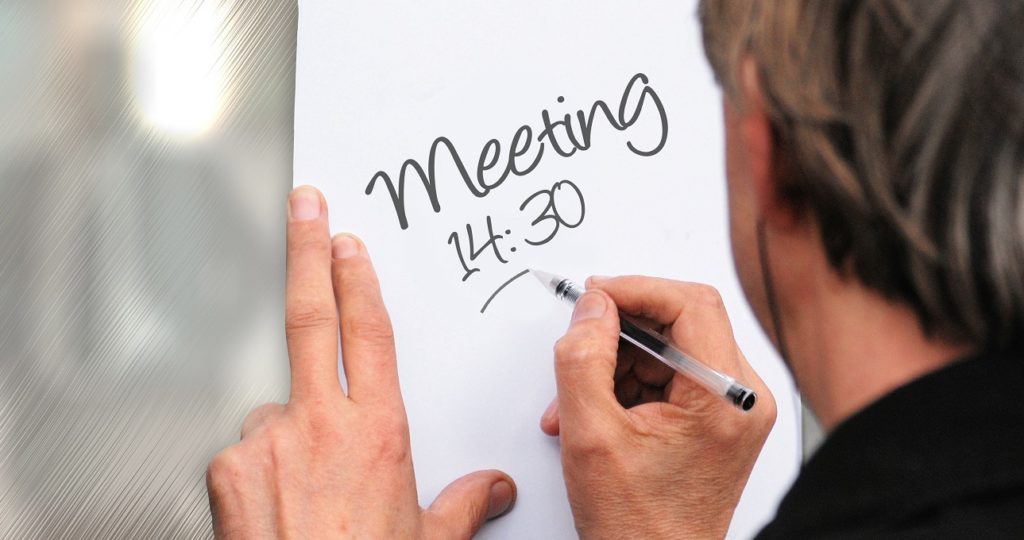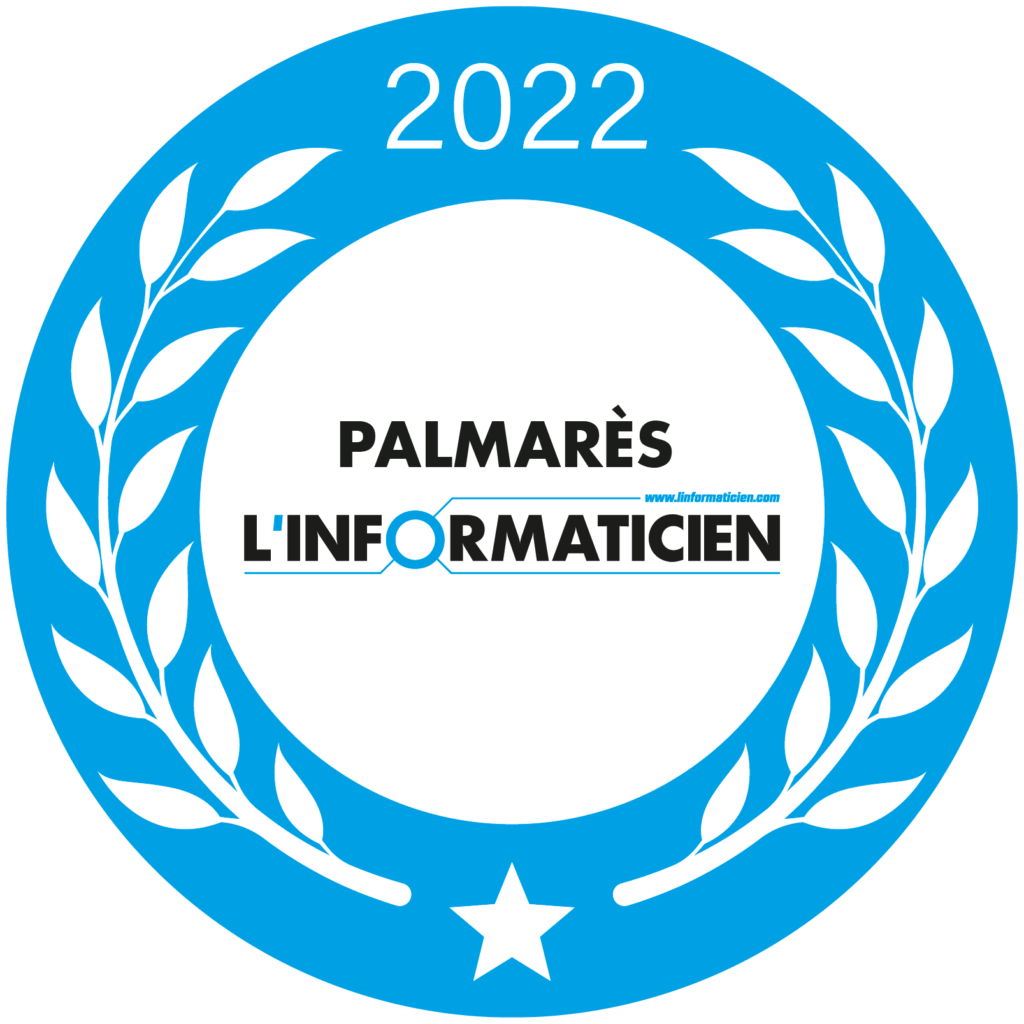Productivity
Board meetings: Top tips for drafting your minutes
Last update: June 5, 2017
3min
•
The oodrive team
Partager l’article sur :
Inscription à la newsletter
Abonnez-vous pour connaître les dernières nouveautés d’Oodrive
Lots of topics are discussed at executive, supervisory, and management board meetings. Keeping a record of the issues talked about is vital for any company, given their complexity and the length of time between meetings. To help keep track of everything brought up in discussions, governance bodies produce minutes.
The legislation, like the French Commercial Code for exemple, requires board meeting deliberations to be recorded in minutes stored “in a special register kept at the registered office, numbered and initialed by a commercial or district court judge, or by the local mayor or deputy mayor of the area where the registered office is situated.” The minutes are signed by the person who chaired the meeting, as well as at least one director. If the chair is unavailable to sign the minutes, at least two directors need to do so.
Draft the minutes in line with applicable regulations
For minutes to be valid, certain information needs to be included, such as the time of opening, meeting location, time of closing, and if an attendee arrives or leaves during the meeting. Any details on the agenda, approval of the previous meeting minutes, the content of the discussions, and decisions made by the board must also appear. But legislation stipulates that even more information needs to be included in meeting minutes, such as the names of the directors and other attendees present, and those excused or absent.
Meeting minutes should report who among those invited to the board meeting attended and who did not, as required by law, plus anyone else who attended the meeting, whether in whole or in part. Any technical incidents with videoconferencing or telecommunications that interrupted the proceedings must also be mentioned.
Protect sensitive and confidential information
The issue of data security could not be more crucial for companies these days. And governance body meetings do handle very sensitive subjects. If the chair states that any information discussed during the board meeting is confidential, in accordance with the French Commercial Code, this needs to be mentioned in the minutes. All meeting attendees are legally bound to secrecy with regard to confidential information identified as such by the chair of the board.
Report everyone’s statements accurately
The secretary is usually the person designated to take notes and draw up the minutes. But directors also have a vital role to play in the whole process. They are recommended to read over the minutes and compare them with their own notes taken during the meeting. Everyone must ensure that their statements have been accurately reported. If not, they may ask for the minutes to be amended in line with their actual position. Any disagreements between different members of the board must absolutely be included in the minutes.
Go digital and make exchanging easier
With businesses having to archive their minutes, along with all the supporting documentation and other paperwork, a digital solution helps directors to access these documents with ease for as long as they serve on the board. Thanks to BoardNox, minutes can be easily uploaded to a dedicated space that any board member can access. Every member is notified as soon as the latest minutes have been added to the platform. And minutes can be modified too. All it takes is for the meeting organizer to delete the previous minutes, replacing them with the new version.
Read more :
Going digital in top management meetings – three ways to get the best solution possible
Image © StockSnap – WDnet Studio

The oodrive team
Related Articles
-
Productivity
Deploying the electronic signature in human resources: a must-have tool?
-
Productivity
How do you guarantee the legal value of your electronic signature software?
-
Productivity
What are the benefits of the digital signature for legal departments?
-
Productivity
What is the role of the electronic signature in the insurance sector?
-
Productivity
Deploying the electronic signature in human resources: a must-have tool?
-
Productivity
How to make an electronic signature ?
-
Productivity
Is the scanned signature legally valid ?
-
Productivity
What is the DAM used for ?
Products
Oodrive sign free trial
Solutions by industry
Solutions by department
This site is registered on wpml.org as a development site. Switch to a production site key to remove this banner.








